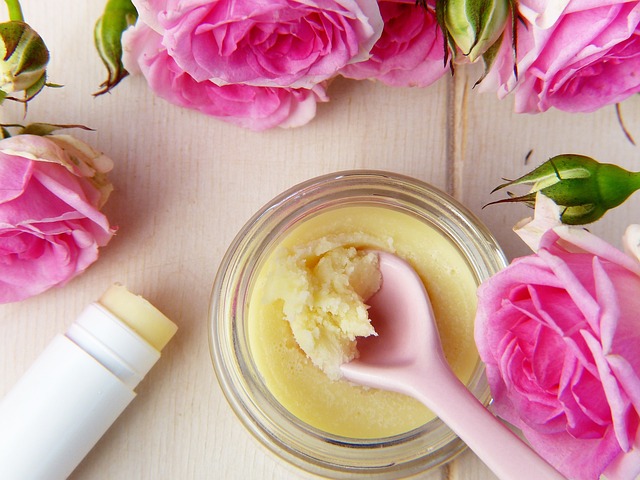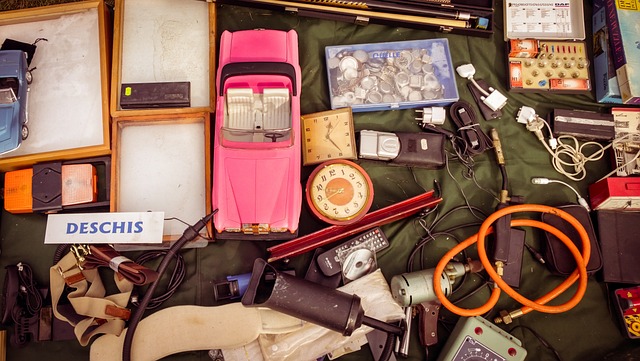Clutter is the enemy of eco-friendly living. The more stuff we have, the harder it is to live a sustainable life. Not only do we have to worry about all of the resources that went into producing our belongings, but we also have to consider how much space they take up and what happens when we’re done with them. In this blog post, we will look at seven ways to declutter your home in an eco-friendly way!

1. Clean One Area at A Time
Overwhelmed by the amount of work to be done? Take it one area at a time, and it’ll all get sorted eventually.
Most people would never think to declutter their garage or yard, but it’s important to get rid of old, broken items that are just taking up space. You can start by sorting these items into those you can recycle or upcycle and those you need to store somewhere else. The rest of the things could be disposed of in a skip bin.
These trash cans are useful when cleaning out in spring because they may be found on your premises and have a larger capacity than traditional trash cans. These bins would also be more aware of how to properly dispose of their products.
2. Donate Some Items
The phrase “one man’s trash is another man’s treasure” exists for a reason. Just because an item has lost its usefulness to one person doesn’t mean it can’t be reused or recycled by someone else. When you’re decluttering your home, sustainable practices should be at the forefront of your mind in order to minimize waste as much as possible.
Many things may be donated, including clothing, tools, cookware, and other housewares. Building materials might also be repurposed. Bricks, sand, rocks, and other materials may be beneficial to someone else.
Donate items to homeless shelters, women’s and children’s centers, the local soup kitchen, or any other charity that could utilize them. Giving back to the community is one of the most effective methods to declutter your home while also helping others.

3. Make Bath and Beauty Products at Home
Every little bottle of lotion, shampoo, soap, or cosmetics is individually wrapped and packed. This may result in a lot of recyclable waste being stored in the cabinets.
However, there are many DIY instructions on the internet to create some of these items at home. They may even be healthier than store-bought alternatives. Natural components that are less detrimental to the environment could be utilized, lowering the hazard of even grey water.
You can reuse the same bottle or jar each time to avoid adding extra clutter, to begin with. When the items are no longer needed, glass or plastic bottles and jars may be recycled or reused, making them ideal materials for homemade goods.
4. Upcycle Items for Use Elsewhere
Instead of getting rid of them, you may use old buckets, wheelbarrows, shovels, and the like in your garden show. You can grow fresh flowers or herbs, repaint the containers, place them in a dull corner, or even create a water feature to soothe your nerves. Upcycling is the process of transforming used or unwanted items into something new and often better. By upcycling, we can reduce the amount of waste in our environment or fill up fewer dumpsters.
Not only are recycled handmade gifts lovely, but they’re also eco-friendly! You can make new home decor items like oven mittens and tea towels from old scraps of fabric. And by making these things or selling them at a market, you’re helping to save our planet!
5. Reuse Rather Than Replace
Now that stores are offering goods at lower costs, it’s become more cost-effective to replace something than restore it. However, before you go on another shopping spree, consider what you want to buy. Is this product capable of being mended and reused instead? Not only will doing so save you money in the long run, but Mother Nature will also thank you for not adding to her decrease in population.
When it comes to declaring something garbage, think about whether there’s a way you can still do something with it. Quick fixes like mending loose hems or door handles are simple to perform and don’t need any experience. Plus, the idea of upcycling could be motivating enough for you to take on additional tasks—and help save the environment while you’re at it.

6. Sell Items Instead of Discarding Them
Occasionally, bulky purchases may be found in the house, yard, or garage that aren’t being utilized by the present owner. Finding a new home for these pre-owned items might allow the owner to get what they want instead of something they don’t need.
Lawnmowers, artworks, garden furnishings, and other goods may all sell well on the internet or at a garage sale. Then you may give them to their new owners so that they may be utilized appropriately instead of being sent straight to a landfill.
Instead of a straight sale, two individuals can swap items to reduce the environmental impact even more. New things need resources to create, and trading for a used model conserves money and resources.
7. Find Digital Solutions
Many individuals have huge numbers of photo albums, outdated records, and books. These materials may all be recycled after a digital alternative has been established.
By scanning and saving your photos to a digital format, you can use the physical space they formerly occupied for other decorative items. Additionally, digital photo frames make it easy to display multiple pictures without taking up too much space. The same is true for records- scan and save them so that you don’t have to keep bulky Albums around.
While some people would rather read a physical book, it’s more space-efficient to exchange or sell your old books instead of holding on to them. At second-hand bookstores or online, you can get new reads while decluttering your house. Everybody wins!
